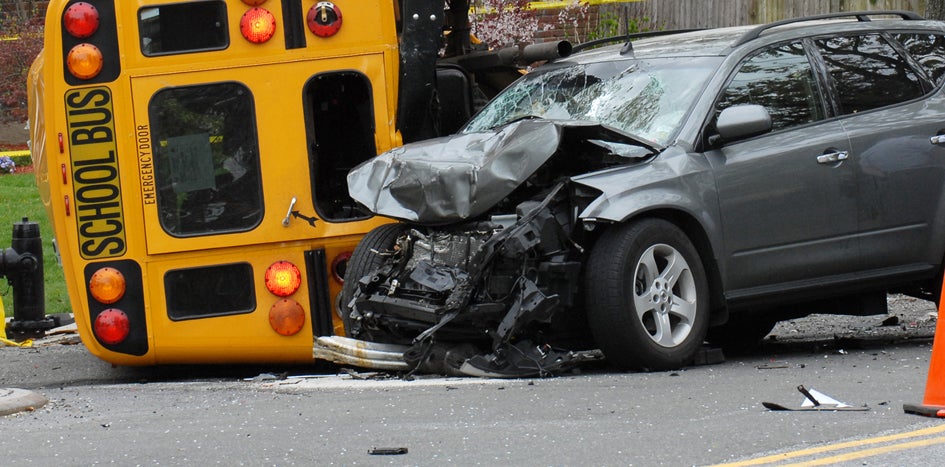Complying with the Junior College Audit Report
State law requires public junior college districts to conduct safety and security audits overseen by the Texas School Safety Center (TXSSC) at least once every three years. The current audit cycle runs from Sept. 1, 2021, to Aug. 31, 2024. The audit requires time and staff resources, and the submission deadline is approaching fast (see key dates below). By submitting your junior college audit report (JCAR) results on time, your team will not only comply with the law but also support Texas’ efforts to make schools safer.
Key Dates
The JCAR is a self-assessment of campus safety and security. The law requires colleges to audit ALL facilities, including satellite campuses, annex facilities, and athletic facilities, and deadlines are approaching fast:
- The TXSSC will email a link to the JCAR reporting tool and an access code to your president/chancellor and junior college district designee (if applicable). Opening the link and verifying its contents serves as a read receipt that you received the tool and started working on your audit.
- You must complete all audit components by August 31 and share the results with your Board of Trustees. If you cannot share audit results by August 31, add them to the board’s agenda as soon as possible.
- You can report your audit results to the TXSSC through the online tool when you're ready, but the deadline is September 16.
Audit Components
The TXSSC JCAR Toolkit walks you through each step in the audit process. To ensure you get an accurate picture of security in each facility, conduct assessments during normal operations when students are on campus. Here are some key takeaways and tips for navigating the audit efficiently and accurately.
Remember, you must audit all facilities by August 31, so work as efficiently as possible.
Assemble Audit Team
The TXSSC recommends that colleges assemble a cross-functional audit team of staff and local first responders. The goal is to provide a comprehensive, objective assessment that captures team members’ unique perspectives:
• Include safety and security committee members if applicable.
• Create an assessment schedule.
• Make sure everyone understands which areas of each facility and which safety and security documents they are responsible for assessing.
Distribute Climate Surveys
Do your stakeholders feel safe on campus? Are facilities protected from crime and vandalism? Does the college issue timely alerts when there is a dangerous situation? Climate surveys, interviews, and focus groups are powerful tools for gathering insights from students, staff, and faculty before your team schedules onsite visits. The TXSSC encourages you to alter its sample climate survey to fit your needs.
Conduct Facility Assessments
Facility assessments are comprehensive evaluations of the college's safety, security, and emergency preparedness. The TXSSC recommends assigning audit items to employees who are in the best position to evaluate each function being assessed. For example, chemistry professors might be in the best position to evaluate science lab hazards.
Use this TXSSC facility assessment checklist as a guide to comprehensive, consistent assessments. Modify the checklist to fit your needs, ignoring sections that do not apply. For example, the Facilities tab includes a Driving Course audit checklist. If your college does not have a driving course, ignore that section.
Review Documents
When you complete the onsite assessment of a facility, you will review safety, security, and emergency management documents such as the emergency operations plan, crime logs, climate survey results, and the most recent facility safety and security audits. The assessment checklist walks you through the document review process.
For example, you will verify that campus police maintain a daily crime log and that a written policy prohibiting the use of cell phones while driving is in place.
Update the Emergency Operations Plan
The JCAR will uncover strengths in your safety and security program as well as improvement opportunities. For items marked No on the facility assessment checklist, the audit team should weigh costs and benefits when recommending improvements.
As you work through your audit, you might also identify operational and/or personnel changes that must be reflected in your emergency operations plan. Here are a few examples:
- Evolving risks such as artificial intelligence, drones, electric vehicles, and solar/wind turbines
- Staff turnover
- Title changes that impact lines of succession
Share Audit Results with Board of Trustees
You must consolidate your JCAR results and present them to your board by August 31, when the audit cycle ends. Otherwise, include them on the agenda as soon as possible following audit completion or the end of the audit cycle. Your audit team decides how to report JCAR results.
Facility-level summaries might be the best option for smaller colleges. Larger colleges might opt for a high-level summary. You can also visit the online district audit reporting tool, print your submission to the TXSSC, and share it with your board. Texas Government Code allows the board to discuss sensitive audit data in closed session.
Submit to TXSSC
Make sure your audit team reviews JCAR results for accuracy and comprehensiveness. Then, submit your results to the TXSSC by September 16. Use the JCAR reporting tool link and access code the TXSSC emailed to your president/chancellor and junior college district designee (if applicable). The TXSSC will produce an aggregate report of all JCAR results.
What’s Next?
State law requires higher education institutions to complete the JCAR every three years. The next audit will be due in 2027, but don’t wait to get started. If you work on the audit components as time allows, you can avoid a stressful, late push to comply with the deadline. You can also establish security as a year-round value that does not get compromised.
Support
Fund members with Auto, Liability, Property, or Workers' Compensation coverage can contact their regionally based risk solutions consultant for audit report guidance.
Risk Solutions Staff
The TASB risk solutions team includes risk solutions consultants and communications professionals who deliver training, consultations, articles, and resources that help Fund members control losses and their associated costs.
You May Also Like…
View All Related Insights
How To Manage and Mitigate Your Burn Risks
From bustling kitchens to science labs to maintenance and transportation shops, there are plenty of opportunities for burns to occur at your school or community college.

The Importance of a Thorough Accident Investigation
Conduct accident investigations to uncover the root causes of workplace injuries, correct them, and reduce the risk of similar injuries.

Breaking Down Entry Level Driver Training Requirements
Federal entry level driver training requirements apply to CDL holders, including bus drivers. Do these four things to help your schools comply.

Are You Managing Electronic Waste Safely and Compliantly?
Before you dispose of electronic devices or transfer them to students, make sure they're wiped clean of sensitive data.
